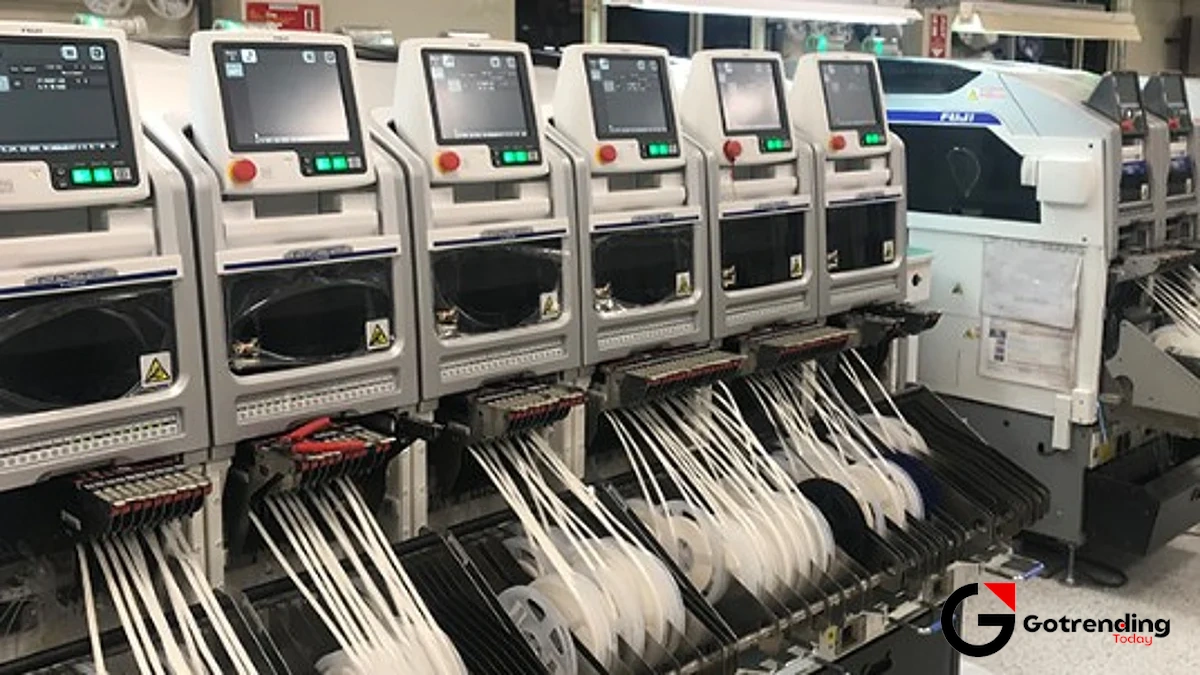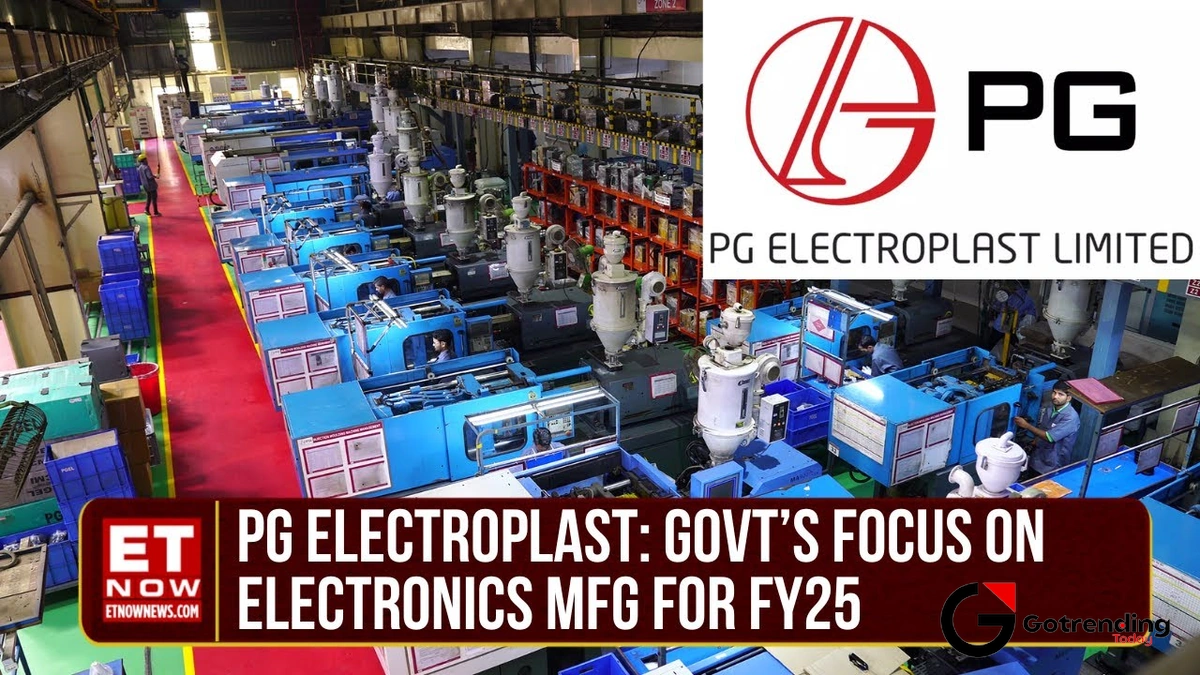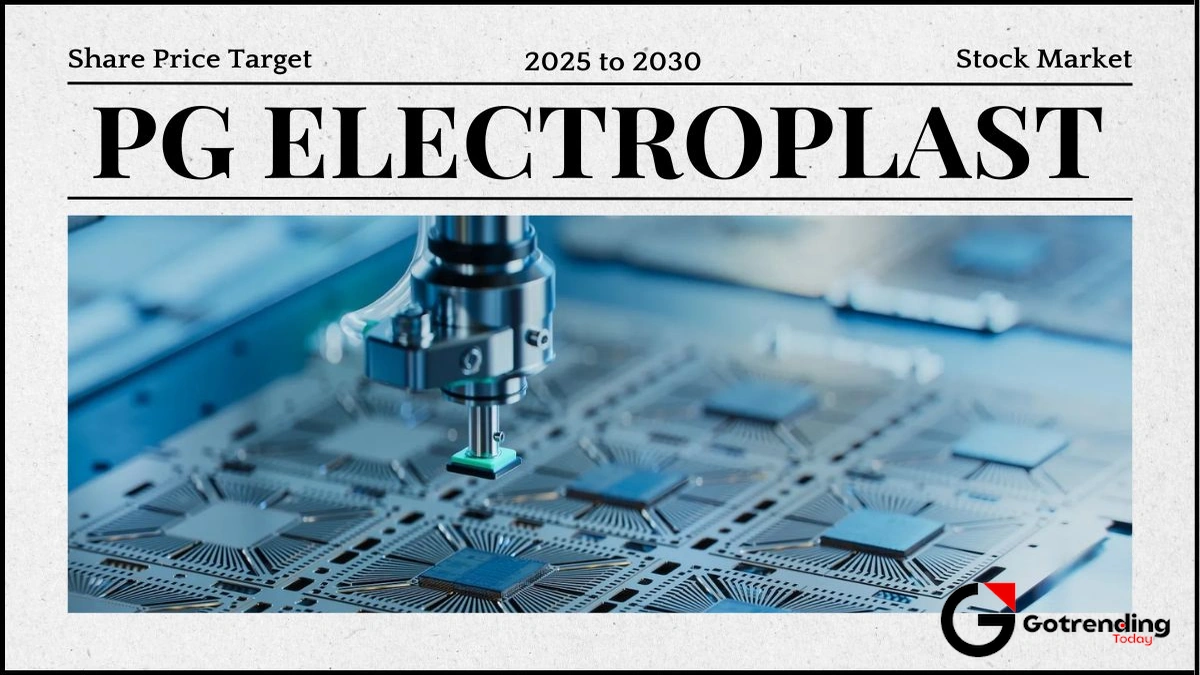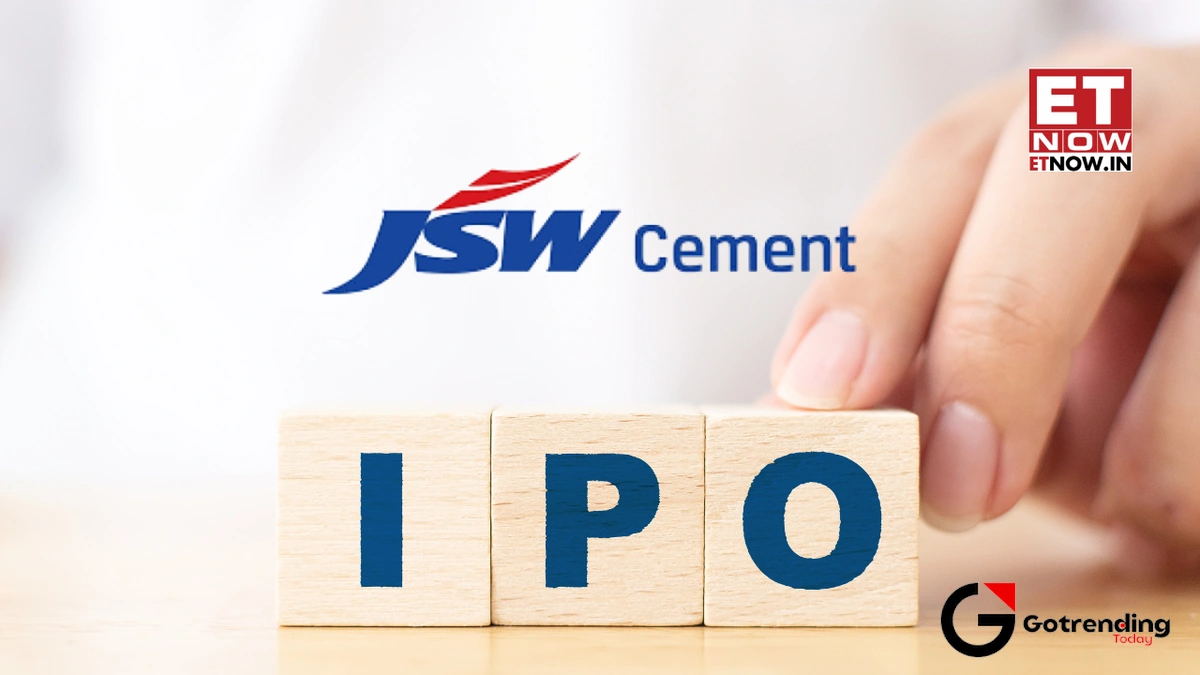The Quiet Giant Behind Your AC Remote | Decoding the PG Electroplast Share Story
Let’s try a little experiment. Pick up your TV remote. Glance at your air conditioner. Or maybe your washing machine. You see a familiar brand name, right? A name you trust. But here’s a question that might just change how you look at your gadgets: who actually made the thing?
More often than not, the answer isn’t the brand on the box. It’s a quiet, behind-the-scenes powerhouse, a master craftsman working for multiple big names. And in the bustling world of Indian electronics, one of the most fascinating stories unfolding right now is that of a company called PG Electroplast.
You’ve probably seen the pg electroplast share buzzing on financial news channels or popping up in investor forums. It’s been on a tear. But the real story isn’t just about the stock price. It’s about why this company has suddenly become so important. It’s a story about a massive shift happening right under our noses, a story about the “Make in India” dream slowly, but surely, taking shape. So grab your coffee, pull up a chair, and let’s break down what’s really going on.
So, Who Exactly is PG Electroplast? (Beyond the Jargon)

Let’s be honest, the term “Electronics Manufacturing Services” or EMS sounds a bit… boring. Corporate. It doesn’t quite capture the magic.
So let me rephrase that. Imagine a master chef. This chef doesn’t have their own famous restaurant. Instead, they have a massive, state-of-the-art kitchen, and they cook spectacular dishes for a dozen different five-star restaurant chains. Each restaurant puts its own brand on the dish, but the genius, the recipe, the core execution? That comes from our master chef.
That, in a nutshell, is PG Electroplast (PGEL). They are one of India’s leading contract manufacturers. They don’t sell PGEL-branded washing machines or air conditioners. Instead, they design and manufacture these products for some of the biggest consumer durable brands in the country. They are the invisible engine powering the appliances in millions of Indian homes.
Their business is broadly split into two fancy-sounding categories: OEM and ODM.
- OEM (Original Equipment Manufacturer): A brand gives PGEL the exact design and specifications, and PGEL manufactures it for them. Think of it as following a precise recipe.
- ODM (Original Design Manufacturer): This is where it gets really interesting. PGEL designs and develops the product *themselves*, and then brands buy it and stick their logo on it. This requires deep R&D, design skills, and a real understanding of what the consumer wants. PGEL is increasingly moving towards this high-margin business.
What fascinates me is their journey from being a simple plastic moulder to a full-stack product solutions company. It mirrors India’s own manufacturing ambitions. And understanding this journey is key to understanding the buzz around the pg electroplast share price .
The ‘Secret Sauce’ | Why This Company is Punching Above Its Weight

Alright, so they make stuff for other companies. Big deal, right? Lots of companies do that. But PGEL has a few tricks up its sleeve that set it apart. This is the stuff that doesn’t always show up in a simple stock screener.
First, there’s deep vertical integration. This is a crucial point. PGEL isn’t just an assembly line. They make their own plastic moulded parts, their own sheet metal components, their own printed circuit boards (PCBs), and even the motors for their washing machines. Why does this matter? It gives them incredible control over their supply chain, quality, and most importantly their costs. When you make your own ingredients, you’re not at the mercy of outside suppliers and their price hikes. It’s a massive competitive advantage in a cut-throat industry.
Second, is their diversified product portfolio. They are not a one-trick pony. While their legacy business was in plastic moulding for things like TV cabinets, they’ve aggressively expanded into high-growth categories:
- Washing Machines (Now a huge revenue driver)
- Air Conditioners (Both indoor and outdoor units)
- Air Coolers
- LED TVs
This diversification means they aren’t overly reliant on the fortunes of a single product category. If the TV market is slow, the AC market might be booming due to a harsh summer. It’s a smart way to de-risk the business. This kind of robust strategy is what serious investors look for when analyzing pg electroplast fundamentals .
And let’s not forget the human element. The management has shown a consistent track record of anticipating market trends and investing in capacity ahead of the curve. It’s one thing to see an opportunity; it’s another to have the guts to invest crores of rupees to build a factory to capture it. This is not just a company; it’s a testament to long-term vision, something we see in other market stories like the one of DLF’s journey in real estate .
The PLI Scheme and the ‘China Plus One’ Tailwind | A Perfect Storm?

Now, let’s zoom out from the company to the big picture. Two massive global and national trends are acting like powerful tailwinds for PGEL, and this is perhaps the biggest reason for the investor excitement.
1. The PLI Scheme: The Indian government’s Production Linked Incentive (PLI) scheme is, to put it mildly, a game-changer. In simple terms, the government is telling companies: “Hey, if you manufacture more in India, we will give you a cash incentive.” It’s designed to boost domestic manufacturing, reduce our reliance on imports (especially from China), and create jobs. PGEL was one of the companies approved under the PLI scheme for white goods (ACs and LED Lights) . This is like the government literally paying you to grow your business. It lowers the cost of production and makes Indian-made goods more competitive globally.
2. The ‘China Plus One’ Strategy: For decades, the world’s factory was China. But global companies are now nervous about putting all their eggs in one basket due to geopolitical tensions and supply chain disruptions (hello, pandemic!). They are actively looking for a “China Plus One” – another country to set up manufacturing. And India, with its huge domestic market and skilled workforce, is a top contender. This global shift is pushing more and more international brands to look for reliable manufacturing partners in India, and companies like PGEL are perfectly positioned to catch this wave.
This confluence of a supportive government policy and a global manufacturing shift is creating a perfect storm for the entire electronics manufacturing in India sector. PGEL isn’t just a boat in this storm; it’s a well-built ship with a skilled captain.
Risks on the Radar | It’s Not All Sunshine and Rainbows

Okay, before we get carried away and start seeing this as a one-way ticket to riches, let’s talk risks. Every investment has them, and it’s crucial to be aware. Our tendency to get caught up in market hype is a well-known phenomenon, something that fuels our collective obsession with the stock market .
A key risk for any contract manufacturer is client concentration . A significant portion of PGEL’s revenue comes from a handful of large clients. Losing even one of these major clients could have a noticeable impact on their top line. While they are actively diversifying their client base, this remains a monitorable.
Another challenge is the volatility of raw material prices. Key inputs like copper, aluminum, and crude oil derivatives can see wild price swings. While their vertical integration helps mitigate this to an extent, it doesn’t make them immune. A sharp, sustained rise in input costs can squeeze their profit margins if they can’t pass it on to their clients immediately.
Finally, the competition is fierce. There are other large, well-established players in the EMS space. To stay ahead, PGEL needs to keep innovating, keep investing in technology, and keep executing flawlessly. There’s no room for complacency.
Frequently Asked Questions (FAQs)
What do OEM and ODM actually mean for an investor?
Think of it as a quality scale. OEM is good; it means you’re a trusted manufacturer. But ODM is better. It means the company has its own design and R&D capabilities, which leads to higher-profit margins and stickier client relationships. A company’s increasing ODM share is a very positive sign.
So, is PG Electroplast a good buy right now?
This article provides an analysis, not financial advice. Whether a stock is a “good buy” depends on your personal financial goals, risk appetite, and investment horizon. The key takeaway is to understand the underlying business and the long-term story. The pg electroplast share has seen a significant run-up, and investors should study its valuation and the risks involved before making any decision.
What are the main products PG Electroplast makes money from?
While they have a diverse portfolio, their product solutions division, particularly washing machines and air conditioners, has become the primary growth engine and a major contributor to their revenue in recent years.
Who are the main competitors for PG Electroplast?
The Indian EMS space has several strong players. Companies like Dixon Technologies, Amber Enterprises, and Kaynes Technology are some of the other key names in the listed space that operate in similar or adjacent categories.
Is this just a short-term story because of the PLI scheme?
The PLI scheme is definitely a catalyst, but the underlying trend is much bigger. It’s about India’s structural shift towards becoming a manufacturing hub. The PLI scheme is the spark, but the ‘China Plus One’ strategy and growing domestic demand are the long-term fuel for this fire.
The story of the pg electroplast share is more than just numbers on a screen. It’s a microcosm of a new India that’s being built, one circuit board, one plastic mould, and one washing machine at a time. It’s a bet on the idea that the next decade won’t be about what India buys, but about what India builds. And that, for any observer of the Indian economy, is a truly exciting prospect to watch unfold.













